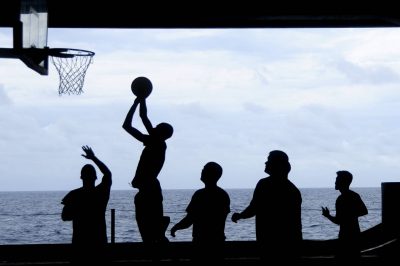Team Identification by Treatment
This practice of criminalization in sport is systematically embedded in the industry globally involving fraud, bribery, doping and institutional, (Kihl, Skinner & Engelberg, 2017) and the wide spread of this phenomenon continues to be a problem for the industry, and the effort to eradicate this practice is becoming farfetched, because of its status and connections globally. Research results not so long ago shows that 95.64% of corruption cases analyzed, involves doping, with 76.58% occur in Europe and North America, (Gorse & Chadwick, 2011). How fans are connected to a sport property such as, athlete, team, event, etc. will determine their reaction to sport scandals, and Chien, Kelly & Weeks (2016) states that consumer response to sport scandal differs based on whether people identify with the team involved.
Team Identification by Treatment
In terms of attitude towards athlete, test performed indicated there was a significant difference among the three groups, F = 4.90, p = .003. Multiple caparisons tests indicate that participants with high team identification have positive attitude towards athletes involved in DUI and drug use scandal, compared to low team identification involved in sexual assault scandal (M = 3.67, SD = 1.72, p < .05).
See figure below;

In terms of attitude towards brand, test performed indicated there was a significant difference among the three groups F = 2.75, p = .044. Multiple caparisons tests indicate that participants with high team identification have an overwhelming positive attitude towards brand associated with DUI and drug use scandal athletes, compared to low team identification involved in match fixing scandal (M =4.42, SD = 1.42, p > .05).
See figure below;


